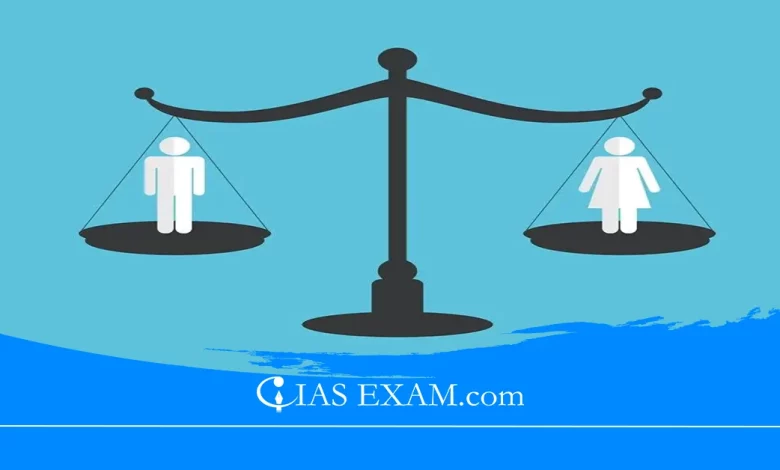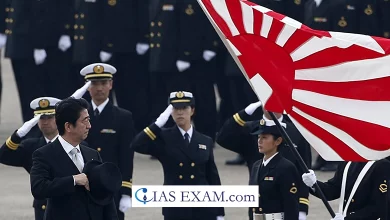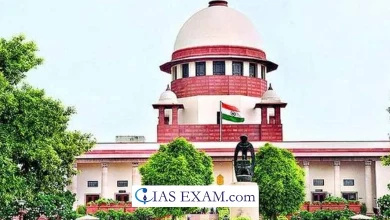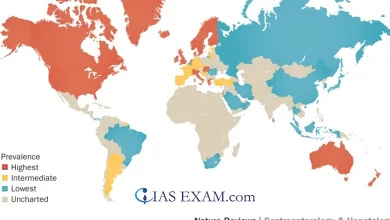Daily Current Affairs for UPSC
Exploring the Right to Equality
Syllabus: Indian Constitution, [GS - Paper 2]

Context
- In this situation where The Citizenship (Amendment) Act (CAA) has been legally enforced and has gone through the consideration section of the Supreme Court but the Article 14 of the Constitution provides citizens their rights and equality amongst each other. Besides the right to citizenship is instilled for all applicants by article 14 which allows a hearing for petitions filed by candidates.
About Right to Equality
Classification Test
- Reasonable classification: “Reasonable classification” tool is employed to break the rules here, whereas equality guidelines remain intact. In the mention of the criterion of evaluation, the focusing is on whether the instrument exists in the form of (1) labelling or (2) purpose in nature. To be on a highlight of the whole conversation is the idea of whether we should support integrating or to contribute to the maintenance of the discrimination. Another argument, for instance, is the collective emplacement by the government.
- Exclusion: The fact that only those individuals who are facing religious persecution be confined to counties most feasible to them presently may look just to a judge, but some sensible arguments can be further shouldered to refuse the promulgation of the CAA as a case of intolerance.
- Fail to capture the true essence of equality: These days, trial by a judge considers the explanation of the parties who contracted after some time, which is not considered to be an efficiently applied use of justice and due process.
Requirement for Comprehensive Understanding
- Re-understanding of equality: Extremism ideas do not need new inventive ways since Article 14 principle has indicated any kind of classification between different classes which must be not unfair to all as “similar or equal treatment should be given to both”.
- Opportunity to redefine: On the one hand, only if we study what the state stands for with regard to supporting the ban on pensioners can we address the issue, but as for the other hand, the Art.14 of the Constitution, insisting on the corporations’ responsibility of social justice and equality, should also be considered.
- Robust constitutionalism: Equi-impartially of all the principles elaborated by the constitutional procedures will be the task of this research. Meanwhile, other faculty, however, can introduce the phrase such as the fundamental rights or the principle which determines where, whether or not these rights should be required.
Conclusion
- Summing up the substantive exploration of the Right to Equality by stating that the promotion of the underlying principle of the fairness and equality enshrined in the Constitution of India is one of the key aims of this chapter.
- The arguments over the Citizenship (Amendment) Act remain as the issues get a close scrutiny for defining the parameters of equality to have all under the equal platform and protect the rights of all the citizens amid this.
- Rather than just endorsing equality, embracing a wholesome and comprehensive comprehension of equality does not only enhance constitutional principles but it also is a robust basis for social development and fine harmony.
Source:The Hindu
UPSC Mains Practice Question
Q.Analyse the challenges and debates surrounding the interpretation and application of Article 14 of the Constitution amidst the implementation of the CAA.





.png)



